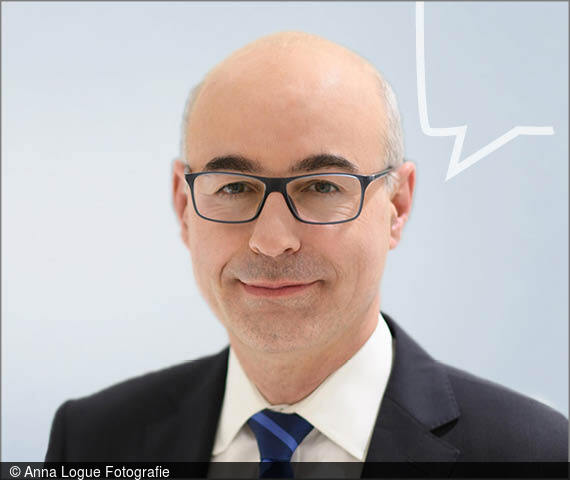The 2020 Nobel Prize in Economics: From Theory to Market Design
OpinionSome 20 years ago, 3G cellular frequencies were auctioned in Germany for more than 100 billion marks. The auction and the unbelievable sum it raised were novel back then. Since then, broadband frequency auctions have been the norm. As recently as last year, broadband frequencies were auctioned off once again, this time for 5G technology applications.
Before 3G, cellular network frequencies in Germany were simply assigned to telecommunication companies. The switch to auctions can be attributed to the work of Paul Milgrom and Robert Wilson, this year’s winners of the Nobel Prize in economics. They helped to design the first spectrum auction, which the FCC, the US telecommunications regulator, held in 1994. The standards that they set for the auctioning of network frequencies are now used around the world.
The work of Milgrom and Wilson sparked the field of market design research. Market design assumes that the success of markets depends on the rules governing them. Consider two examples: Sotheby’s, a traditional auction house, auctions off paintings in which bidders work to outbid one another until one person is left with the highest bid. This is known as an English auction. In the Netherlands, tulip bulbs are auctioned off at a wholesale market where the auctioneer states their price and lowers it incrementally until a participant accepts the price. This is known as the Dutch auction. The first type of auction depends on how high bidders are willing to go; the second, on who is willing to strike first as prices fall. If there is a risk of bidder collusion, for instance, the English-style system is not advisable.
In other cases, it makes sense for bidders to learn from each other during the auction. A bidder’s willingness to pay can change depending on whether other bidders are still in the game. This is the advantage of multi-round auctions: they enable bidders to respond to a dynamically changing situation. Milgrom and Wilson have studied these situations in depth, and their findings are an important reason why dynamic auctions figure so prominently today in the sale of frequencies. Germany’s 5G auction from 2019 had almost 500 rounds.
Auctions and the mathematics that underlies them are now an integral part of economic textbooks and auction design. Auctions are used for the sale of government bonds and they play a role in the tendering of renewable energy capacity for the clean-energy transition. There is a reason for the dominance of auctions, as they facilitate a quick and efficient allocation of scarce resources.
The advent of new digital technologies has bolstered the popularity of auctions. eBay went global as an auction house; Google auctions its advertising space on its search engine. It is no surprise that the big digital companies are increasingly hiring microeconomists. The examples show just how much market design shapes our everyday lives. ZEW recognised the importance of this field four years ago, when it made market design an important part of its research programme.
A German version of this article first appeared in “Die Welt” on 12 October 2020.

